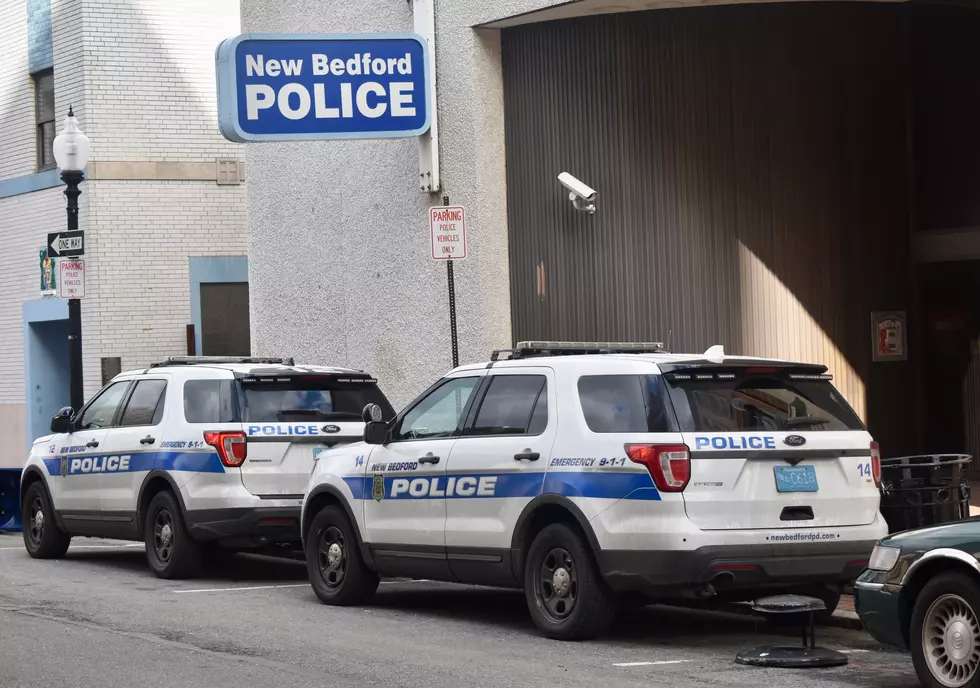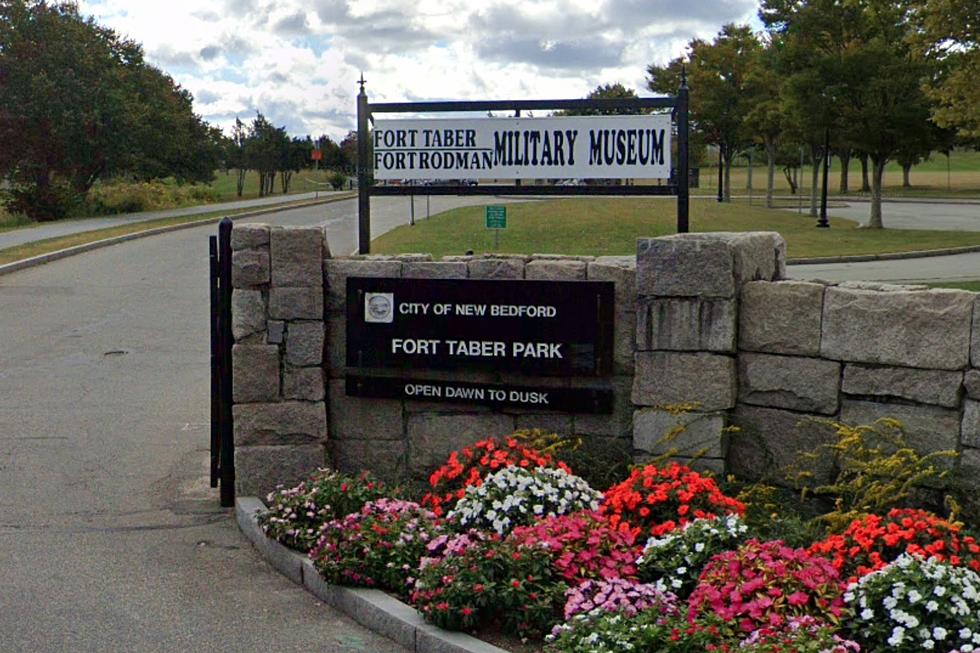
Read the New Bedford Police Use-of-Force Policy Documents
The New Bedford Police Department's use-of-force policies are encoded in three sections of the department's policy manual and were last updated in 2012 and 2013, WBSM has learned. Orders 12-01, 12-02, and 12-03 cover "use of deadly force," "use of less-lethal force," and the use of "electronic control weapons."
WBSM has procured those documents and made them available to the public for download and review.
New Bedford Mayor Jon Mitchell on June 9 announced his plan to review and reform the police department's use-of-force policies. Mitchell said he would name a review commission to be led by City Councilor Brian Gomes.
Mitchell last Wednesday said that he has signed on to the Obama Foundation "Mayor's Pledge," a nationwide push for mayors to engage the community to reform police use-of-force policies. Mitchell stated that he and Police Chief Joseph Cordeiro have already agreed to the "8 Can't Wait" campaign, a national activist-led push for police departments to adopt eight key anti-violence measures. Mitchell said the 8 Can't Wait recommendations would be incorporated into the NBPD's revised policies.
The campaign asks that city police departments across the U.S.: 1) ban chokeholds and strangleholds, 2) require de-escalation before using force, 3) require warning before shooting, 4) require all alternatives be exhausted before shooting, 5) require affirmative "duty to intervene" when other officers witness excessive force, 6) ban shooting at moving vehicles, 7) require a "use of force continuum," and 8) require comprehensive reporting, including when an officer threatens a person with a firearm.
A review by WBSM of the New Bedford Police Department's use-of-force policies shows that the department is already practicing some of those recommendations. For instance, deadly force is described as a "means of last resort." Shooting at a moving vehicle is prohibited except where there is "imminent danger of death or serious bodily injury." Chokeholds "shall not be used unless the use of deadly force would be otherwise justified."
There are certain 8 Can't Wait recommendations that don't appear to be incorporated at this time. For instance, de-escalation and "duty to intervene" language does not seem to appear in the current policy documents.
As for reporting, each time an officer uses a weapon, a "use of force report" is required, and an internal review process is conducted, the NBPD documents show. An annual analysis of all use-of-force reports must be generated by the NBPD's Division of Professional Standards so that "patterns or trends" can be discerned. That annual report goes to the police chief.
NBPD requires the filing of quarterly reports with the state's Executive Office of Public Safety on its use of Tasers. The electronic control weapons, or ECWs, are described as "less-lethal" weapons that disrupt a person's central nervous system and override a subject's voluntary motor responses. The Taser X26 used by NBPD uses propelled wires to deliver an electrical charge into a person's body. The Taser cartridges also deliver "confetti-like Anti-Felon Identification (AFID) tags" that allow investigators to determine which officer deployed the weapon, the document states.
New Bedford police officers are warned to avoid restraint techniques that impair respiration after they have tased a subject. "After being handcuffed, the subject should be placed on their side in the 'recovery position,'" the police document recommends.
Police officers are also told that the Taser is not to be deployed in a "punitive or coercive manner," and that in general, its use provides a "window of opportunity" to handcuff a subject. In certain cases, the Taser can be used in "stun mode" as a "pain compliance technique" in response to an actively resistant subject "in the same manner as chemical agents."
As an overall guiding principal, all NBPD officers "shall use only force reasonable, necessary, and proper to affect lawful objectives and effectively bring an incident under control," the policy document states.
The effort to reform police use-of-force policies has been taken up in a number of Massachusetts communities following the death of George Floyd, a black man who died under the knee of a white Minneapolis police officer on May 25. The incident has sparked global demonstrations and calls for police accountability.
Councilor Gomes told WBSM on Friday that he is looking forward to chairing the mayor's Commission on Police Use of Force Policies in New Bedford, and that he plans to guide a process that looks toward the future.
"We won't be re-litigating the past," Gomes said.
In recent days, New Bedford Police declined to answer questions from WBSM about recent calls from local activists to open a new public conversation about the 2012 police-involved shooting of 15-year-old Malcolm Gracia, a boy who allegedly stabbed an officer before he was shot to death. The shooting was ruled as justified, but a Superior Court Judge later said that the initial police stop was unlawful. Activists have since charged that the police department still uses a "meet and greet policy" targeting minority youth. They have also demanded that the five officers involved in the Gracia incident be fired.
"We can’t speak to what happened during previous administrations," Police spokesperson Melissa Batchilder responded in a two-sentence email. "The NBPD does not have a 'meet and greet' policy."
Asked for comment from Chief Cordeiro on Mitchell's move to reform police department policy, Batchilder responded 30 hours later, citing "an incredible number of media inquiries."
"The Chief fully supports the Mayor's commitment to sign the Obama Foundation Mayor's Pledge to review and reform use-of-force policies at the New Bedford Police Department," Batchilder wrote late Thursday afternoon.
New Bedford Police Use of Force Policy by MCSNews Archive on Scribd

More From WBSM-AM/AM 1420









